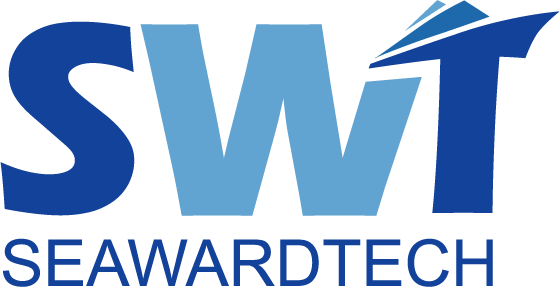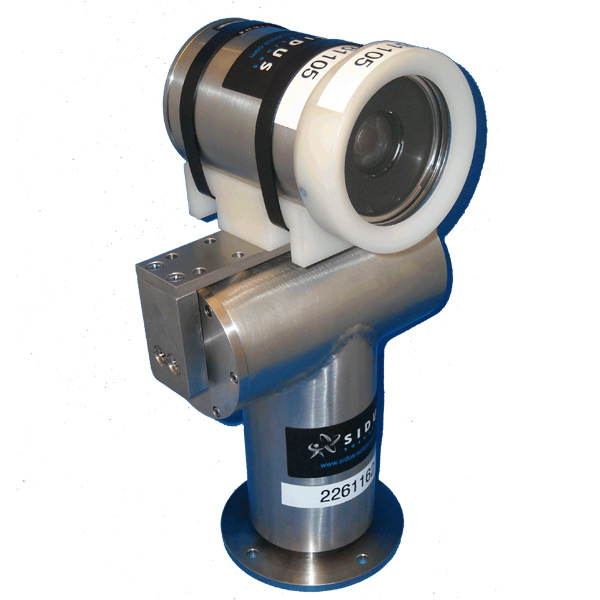The need for accurate, dependable subsea data is still showing explosive growth in the field of marine research, marine environmental preservation, and off-shore operations. We are now in 2025, but what are the big trends that are likely to drive the advancement of deep-sea sensor technology in this direction? It is increasing durability, advanced multi-parameter measurement and ease of data capturing. It is innovative and Seaward Tech develops solutions which satisfy these evolving needs.
Key Trends for 2025
Enhanced Long-Term Reliability: The tough conditions in the sub-sea require long-lasting sensors. The move is to use durable designs that can withstand high pressure, salt water corrosion, bio fouling and physical exertions during long term deployments. Seaward Tech believes this strongly and therefore has developed a series of water quality sensors and monitors under the Ocean Sense brand to be extremely durable and simple to maintain. This will make the collection of data constant and reliable to long-term monitoring of the environment and in offshore nature where retrieval of the sensors is expensive and difficult.
Integrated Multi-Parameter Sensing
Leaving single-point measurements behind, the trend evidently is towards a full environmental characterisation. Multi-parameter sensors give a more comprehensive view of what goes on under the water. This trend is parallel to the Ocean Sense systems by Seaward Tech who provide integrated sensors of parameters of major concern, such as conductivity (salinity), temperature, depth (CTD), dissolved oxygen, turbidity, pH, and chlorophyll. Such a combined solution brings more detailed data needed to effectively study complex ecosystems, monitor pollution, and observe reasonableness in operations.
Advanced Connectivity and Real-Time Data Access
Advances are becoming more common in underwater data transmission and they are guided by the need to access timely insights. Sensors are becoming highly advanced in terms of interfaces (especially digital and analogue) and allowing the easy inclusion into larger monitoring networks. Seaward Tech focuses much on its connectivity, so that the Ocean Sense sensors may be connected to data loggers, telemetry modules and control platforms. This will enable near-real-time or real-time access to the data and result in rapid responsiveness to dynamic conditions, managing remote systems, and more effective data analysis pipelines which will be important in dynamic offshore applications and responsive analysis programs.
Focus on Deployment-Ready Solutions
The tendency is on the side of sensors which should not only provide an accurate and correct reading, but they are practical and easy to implement. This covers configurations that are most suitable to different mounts (moorings, buoys, ROVs, fixed structures) and simplified calibration processes. The Ocean Sense line offered by Seaward Tech pays special attention to high-quality sensing solutions that do not require tedious and time-consuming preparation, guaranteeing the user to obtain high-quality data within the shortest time possible with the minimum headache and in any underwater environment.
Conclusion
The future of underwater sensors has been determined by technological requirements that call on sophisticated, multipurpose and smart interconnected systems in the year 2025. BeadDurability enables operation in harsh conditions, embedded sensing offers a suite of environmental awareness and advanced connectivity enables the benefits of real-time information. Seaward Tech is focused in ensuring that with continued development of OceanSense range, it is providing underwater monitoring solutions that can be able to incorporate these very key trends.

